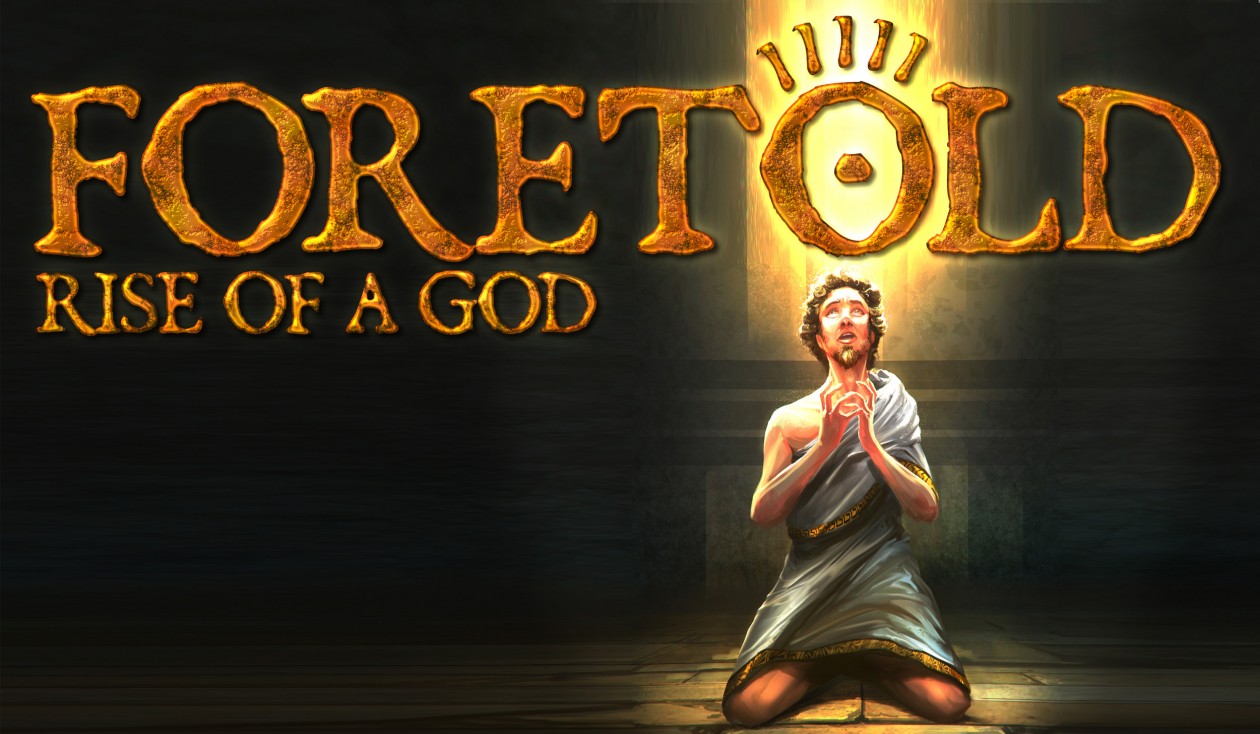Hit Points
Each player begins with 20 life points and is eliminated if those points are reduced to zero. Players cannot “Heal” above their starting life total. If a player is at 20 and a card or ability says “Heal 1″, nothing happens.
Tiles
Your Starting Temple is comprised of 5 unique Tiles on their A-sides: Entrance, Pathway, Heart, Sanctum and Treasury.
Tiles represent the layout of your Temple and can be flipped any time (even on opponents’ turns) as long as their doorways line up (some Tiles have a gold cost to Flip that must be paid). You may also rearrange, shift, rotate, or flip Tiles during your Marketplace step . You cannot cover up your Entrance, however – it must have at least one doorway exposed, and is where your opponents always begin a Raid.
Faithful
 Faithful are cards representing the followers that serve you, dwelling in two hands of cards: Raiding Party or Temple. Four Faithful also dwell in your Temple at the start of the game – 2 Guards, 1 Acolyte and 1 High Priest.
Faithful are cards representing the followers that serve you, dwelling in two hands of cards: Raiding Party or Temple. Four Faithful also dwell in your Temple at the start of the game – 2 Guards, 1 Acolyte and 1 High Priest.
The Faithful in your Raiding Party will attack opposing Temples, conquering Defenders Tile by Tile (see Raiding). The Faithful in your Temple will Collect Gold for you during the ‘Marketplace Step’: To do so, Play the Faithful in any order to collect gold –set them in a temporary discard pile in front of you after play. If you buy a Faithful, place it in your discard pile as well. The Faithful in your Temple that defend against a Raid are also returned from your discard pile to your Temple at End of Raid.
At the ’Reinforce Step’, collect all of your faithful together, then separate them into either Temple or Raiding Party. The Faithful placed in your Temple must be equal to (or less than) the number of Station symbols on your Tiles. All other Faithful must be placed in the Raiding Party (underneath your Raiding Marker).
Relics
Relics are purchased from their row of the Marketplace, and one is revealed into it from the Relic Deck each turn. There are two types of Relics: Basic and Fate. Basic Relics have no Altar Requirement, meaning you can store as many as you want in your Temple. Fate Relics require an Altar – an icon on certain Tiles (example: Sanctum has an Altar). There are 4 Fate Relics for each of the four Fates: a Crown, Shield, Shrine and Sword.
If you collect, for instance, the Chaos Crown, Chaos Shield, Chaos Shrine, and Chaos Sword in your Temple at the same time, you win the game on the start of your turn. You cannot have a Chaos Shield and a Grace Sword in your Temple – just one alignment at a time. This doesn’t stop you from drawing Fate Cards from other decks – but half of the Fate Cards have a “Relic Cost” that is determined by the amount of matching Fate Relics you have in your Temple – so the more you have, the more powerful cards you can buy!
Fate Cards
Foretold has four Fate alignments: Chaos, Grace, Prosperity and Wisdom. Each has its own deck of 30 cards. There are 3 copies each of 5 basic cards. The basic Fate cards can be played at any time and have no restrictions. The other 15 cards are more advanced and require between 1 and 3 matching Fate Relics to play. You get to draw one Fate Card per turn if you play the High Priest from your Temple during the Marketplace Step, but there are other ways to draw additional Fate Cards.
Fate Cards in general can be played at any time – a shrewd player will wait for the most opportune time to use the card. They can be played on opponent’s turns unless the card specifically says “During your turn…” on it. If you play a Fate Card, opponents can respond by playing Fate Cards of their own (or even using abilities on Relics!) – if someone responds to your card, their action will resolve first. Then, yours resolves. The rule of thumb is: “First in, last out” meaning, the first Fate Card to be played will be the last one to take its effect whenever a series of cards are played.

